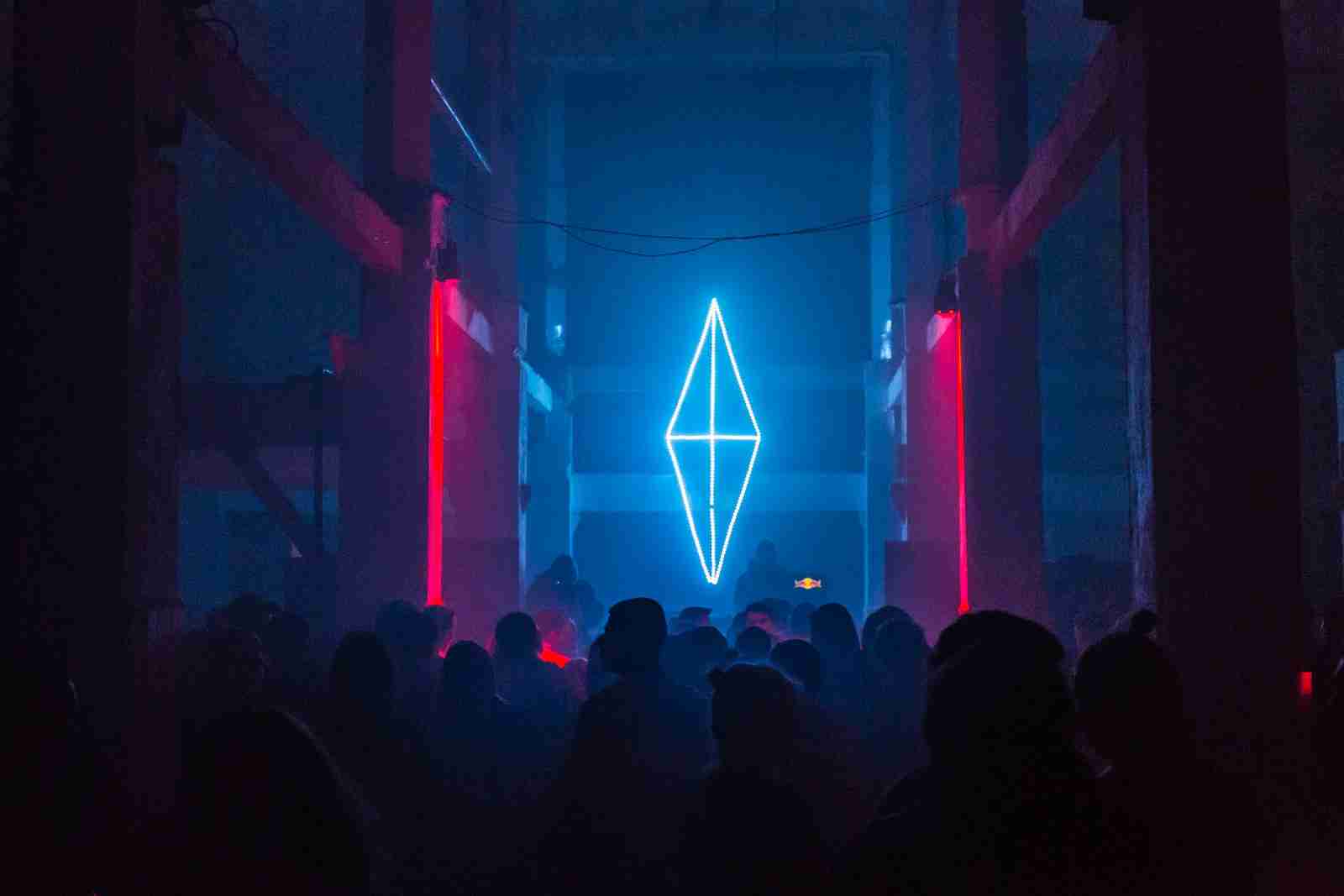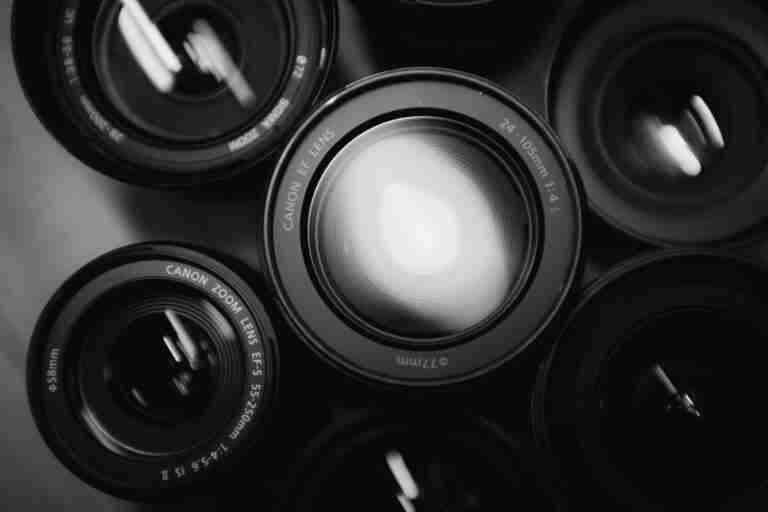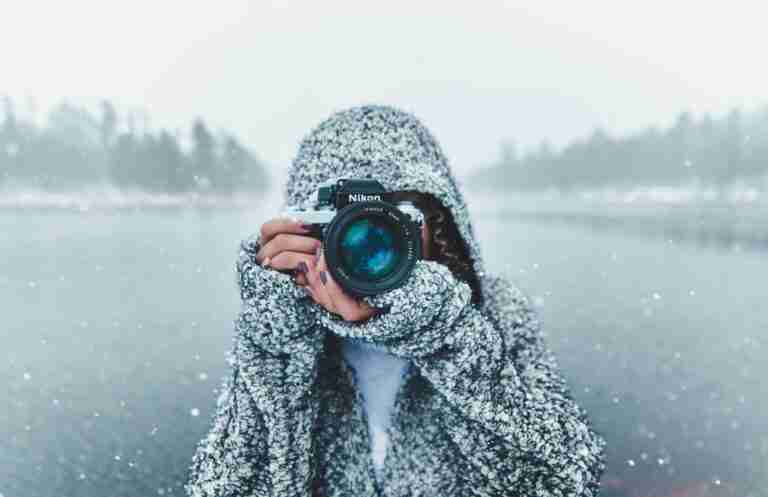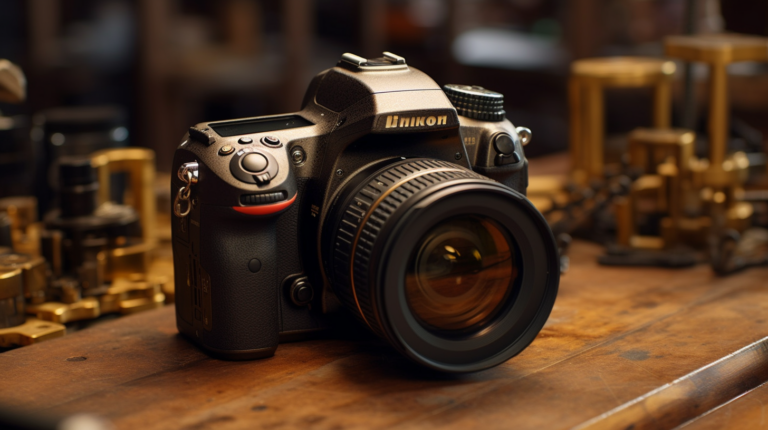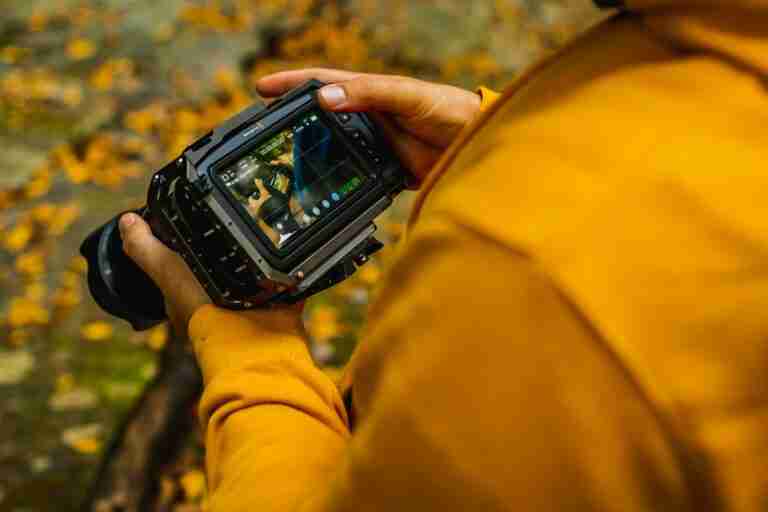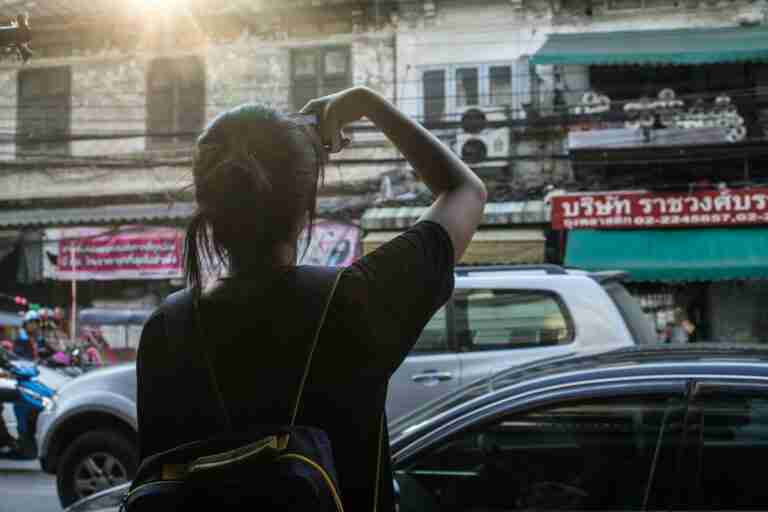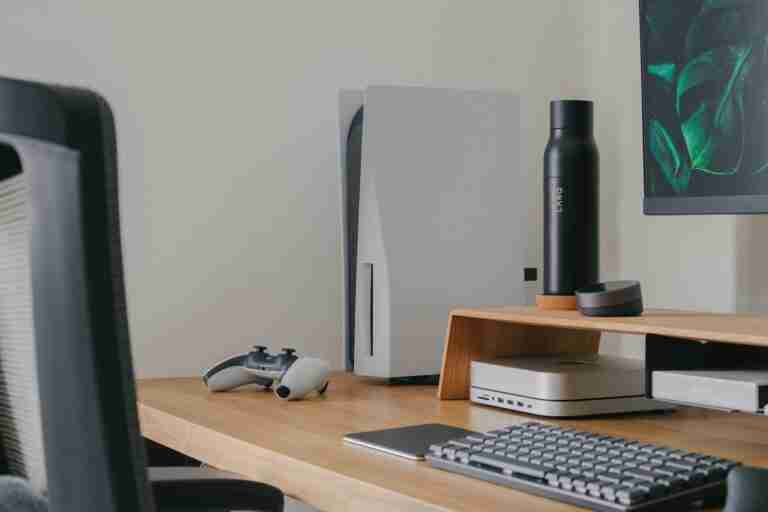Can Cameras See UV Light? Let’s Get You An Answer.
Dive into the unseen—a realm where UV light, invisible to our eyes, paints the world in hidden hues.
Can our cameras capture this hidden spectacle, reveal what lurks beyond our sight?
This high-energy, short-wavelength enigma teases the boundaries of perception.
Are our devices, our extensions into the visual world, equipped to unveil this invisible dance?
Let’s explore the capacity of cameras to expose the invisible, to bring the unseen into the light.
Contents
A Quickie (Overview) On UV Light
Imagine UV light as the party animal of the light spectrum, the kind that shows up wearing a coat invisible to the human eye.
It’s like that friend who says they’ll quietly slip into the party but ends up lighting up the place in ways you didn’t expect.
UV light is essentially sunbeams on a secret mission, delivering suntans and sunburns with a side of Vitamin D, all while being completely undercover to our naked eyes.
It’s there, causing a ruckus at a wavelength disco we’re not invited to, making objects glow in the dark and turning white shirts into fashion statements under black lights.
The Big Reveal…Can Cameras See UV Light?
You might have heard a few myths floating around about cameras and their ability to see UV light. Let’s clear the air a bit, shall we?
Here’s the deal: Saying cameras can’t see UV light is a bit like saying you can’t enjoy a good song just because it’s not on your current playlist.
It’s not entirely accurate.
Sure, out of the box, most cameras are tuned to the same visual spectrum that our eyes are. But, with a little tweak here and there, specifically by swapping out the lens for one designed to flirt with the invisible, cameras can indeed capture the unseen world of UV light.
The human eye is no superhero when it comes to UV light; it’s invisible to us. But just because we can’t see it, doesn’t mean it’s not there or that it can’t be captured. That’s where our modified lenses come into play. These aren’t your run-of-the-mill lenses. They’re crafted from materials like glass or plastic, engineered with the precision of a Swiss watch to focus on frequencies beyond our visual reach, including the elusive UV rays.
So, when a camera is equipped with one of these special lenses, it steps into a new realm, capturing images that, to us, might seem bathed in a mysterious blue. But in reality, these images are playing in a part of the electromagnetic spectrum that’s a no-entry zone for human eyesight.
In the photography gear world, lenses are generally split into two camps: those that cater to the visible light extravaganza and those that have a secret handshake with the invisible, like infrared and ultraviolet. Both camps, however, share a common ground in their construction, featuring glass or plastic with properties meticulously tailored for their specific light dance.
So, can cameras see UV light? The answer is yes, absolutely.
With a little help from their lens friends, they can peek into a world unseen by human eyes, capturing the beauty of the ultraviolet universe.
Here’s How to Best See UV Light With Your Camera
To specifically capture UV light with a camera, you’ll need to approach this task with a bit of technical preparation and understanding:
- Modify or Remove the UV Filter: For traditional digital cameras, the first step involves modifying the camera to remove the built-in UV filter that blocks UV light from reaching the sensor. This is a delicate process and is generally not recommended for phone cameras due to the complexity and risk of damage.
- Use a UV Pass Filter: An alternative and non-invasive method is to attach a UV pass filter to the front of your camera lens. This filter blocks all light except UV light from passing through to the sensor, allowing you to capture images that primarily consist of UV light.
- Choose the Right Conditions: UV photography is best done under direct sunlight, as UV light is most abundant in these conditions. Overcast days can significantly reduce the amount of UV light available, making it more challenging to capture clear UV images.
- Experiment With Settings: Since capturing UV light is different from standard photography, you may need to experiment with your camera’s settings. Long exposures can help capture more UV light, but you’ll also need to adjust ISO settings and apertures to get the best results.
- Consider a Dedicated Camera: For those serious about UV photography, investing in a camera specifically modified for UV light can be worthwhile. These cameras have the internal UV blocking filter permanently removed and are calibrated for UV light photography.
By following these steps, you can explore the fascinating world of UV photography with your camera, revealing aspects of your subjects invisible to the naked eye.
Other FAQs About UV Light And Cameras
These are the best questions I could find that you are burning up with desire to know the answer to. Ready? Me too, rock on.
What Does UV Light Do To A Camera?
Most modern digital cameras are pretty unfazed by UV light, since their sensors are designed to be less sensitive to UV wavelengths.
Back in the film days, UV light could cause haziness or a bluish tint in photos, leading photographers to use UV filters.
Nowadays, these filters are more about protecting the lens from physical damage than filtering UV light. However, it’s still wise to avoid leaving your camera under intense UV exposure for extended periods, as it could harm the lens coating or the sensor over time.
Think of a UV filter today as a protective measure for your camera’s lens, akin to wearing sunglasses for your eyes.
Can Phone Cameras See UV Light?
Phone cameras, with their silicon-based sensors, have a natural sensitivity to some UV light, but they’re usually equipped with filters that block out most UV wavelengths to mimic the human eye’s vision and prevent UV-related image distortion.
However, with modifications or removal of these filters, a phone camera could potentially see more UV light.
This isn’t standard practice, as it requires tinkering that could void warranties or damage the device.
In essence, while phone cameras have the underlying capability to detect UV light, they’re generally designed not to for everyday use.
How Can I Make My Phone Into A UV Light?
Transforming your phone into a UV light source isn’t straightforward due to how phones and UV light work. Unlike simple modifications for cameras to capture UV light, converting a phone to emit UV light involves hardware not designed for such a purpose. However, here are a few suggestions that can mimic the effect or provide solutions close to what you’re looking for:
- UV Light Apps: There are apps available that claim to turn your phone’s flashlight into UV light by adjusting the color and brightness. While these can simulate the appearance of UV light on your screen, it’s important to note that these do not actually emit true UV radiation. The apps work by displaying vivid purple on the screen, mimicking the look of UV light but without the functional properties.
- External UV Flashlight: A more effective approach is to use an external UV flashlight in conjunction with your phone. You can shine the UV light on the subject and use your phone’s camera to capture the effects, such as highlighting fluorescent materials or checking currency authenticity.
- DIY Modifications: For the tech-savvy and adventurous, some online tutorials explain how to modify LED flashlights to emit UV light by replacing the standard LED with a UV LED. While it’s theoretically possible to apply this to the LED flash on some phones, it’s highly risky, could damage your phone, void the warranty, and I do not recommended.
- UV Light Accessories: Some market-available accessories can be attached to your phone and use your phone’s power to emit UV light. These are typically designed for specific purposes, such as sanitizing surfaces or enhancing photography.
In summary, while making your phone emit actual UV light through its built-in flashlight isn’t feasible without significant modification (and potential risk), there are creative ways to achieve a similar effect or utilize UV light alongside your phone for various purposes.
My Final Thoughts On Cameras and The Visible Light Spectrum
If you want to use your phone as a UV light, there are several apps that will do this for you. The app uses the camera on your phone to detect UV rays and then show them on the screen. You can also get apps that are specifically designed for detecting UV light so that they work better than others.
- What Cameras Can You Use on PS5? A Compatibility Guide in 2024 - January 14, 2024
- What Cameras Support Windows Hello? A Guide to Compatible Devices - January 13, 2024
- 11 Best Cameras For Security With Night Vision In 2024 - August 9, 2023

